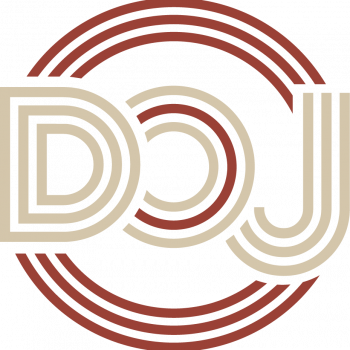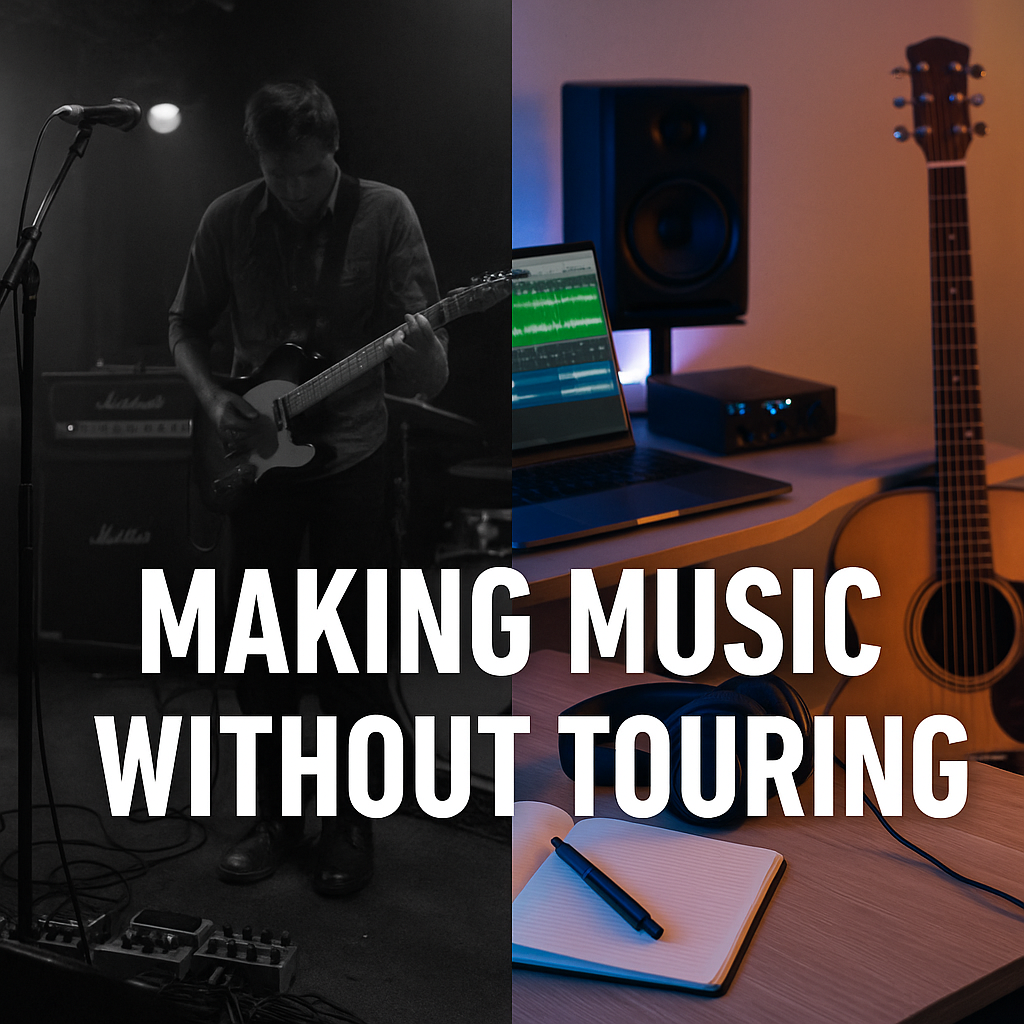When I was twenty-two, success as a musician had a very specific picture: dudes crammed in a van, a tour, and hopefully enough gas money to get to the next town. You piled in with your bandmates, lugged your amps into a smoky club, played for 50 kids, and felt like you were conquering the world. Back in the late ’90s and early 2000s, that’s exactly what I thought my band Down on Jane needed to do. But now, today, making it without leaving the studio or playing a gig is a real thing.
We cut our teeth in Pittsburgh playing on the Southside and in the Strip District, two areas of Pittsburgh that felt like the center of the universe at the time. Those gigs were chaotic, messy, thrilling, and often humbling. I remember one night at Nick’s Fat City when our set felt electric, like the room actually belonged to us for 45 minutes. A week later, we played the Bloomfield Bridge Tavern and couldn’t get the crowd to look up from their beers. That was the grind: a constant pendulum between feeling like kings and questioning why we even bothered.
In those days, if you didn’t play out or tour, you weren’t serious. That was the myth. And in our twenties, we believed it.
But here I am now, in my late forties, looking back on that time and realizing: I don’t need a van anymore. I don’t need the 2 a.m. load-out or the empty tip jar. I’ve got a studio, I’ve got the internet, and I’ve got something I didn’t have back then, perspective.
The Studio as My Stage
When I step into my studio now, I feel the same sense of possibility I used to feel walking onto a stage at Nick’s. But it’s quieter, more controlled. There’s no sticky floor, no sound guy ignoring us, no frat boy yelling for Skynyrd. It’s just me, the guitar, maybe a keyboard, and a DAW glowing on the screen.
That little room is my stage now. And the beauty of it is, my “audience” is potentially much bigger than the 150 people who might’ve packed into a bar in 2001. If I put a track on Soundcloud or Spotify, I should film a little clip of me working through a riff and toss it on Instagram or YouTube; there’s no telling who it might reach, or where.
Don’t get me wrong: there’s something irreplaceable about live music; the sweat, the volume, the crowd. But at this age, I don’t need that every night. What I need is a creative outlet that fits into my life as it is now, not as it was at 22. And the studio gives me that.
Is It Possible to “Make It” Without Touring?
That depends on what you mean by making it.
If you mean signing to a major label, plastering your face on a tour bus, and quitting your job to live off royalties, probably not. But if you mean building a genuine audience, releasing music that resonates, and creating a side income that supports your art? Absolutely.
For me, the idea of success has shifted. I don’t dream of living the rockstar life anymore. I dream of connection: someone somewhere hearing a Down on Jane track and sending a message saying it got them through a rough day. That’s worth more to me now than a sweaty night at a club in Pittsburgh ever was.
How Long Does It Take?
Back when we were gigging constantly, I thought momentum meant fast progress: play enough shows, sell enough CDs, and maybe you’d “blow up.” But in reality, it takes years, whether you’re touring or not.
These days, my timeline looks different. Instead of rushing to get a set ready for next weekend’s gig, I spend weeks honing a song, recording, mixing, and planning how to share it. Progress feels slower, but it’s deeper.
Here’s the thing: when you’re in your 40s or 50s, you don’t have to buy into the “overnight success” myth anymore. You’ve lived long enough to know that steady effort compounds. Maybe it takes 3–5 years of consistent releases and online engagement to build an authentic audience. That’s fine. Because if you love making music, the journey is the reward.
I think about the long game now. Not “how do I get famous by summer?” but “what can I build steadily over the next decade?” That mindset is liberating.
Balancing Music with Real Life
One of the biggest questions I get is: How do you keep making music with a job, kids, and all the obligations of adult life?
The short answer: scraps of time.
I write lyrics on lunch breaks. I track guitar parts late at night after the house is quiet. Saturday mornings sometimes become mixing sessions before family life kicks in. It’s not glamorous, but it works. I do it in the margins.
In some ways, having a day job actually helps. Back when I thought music had to “save” me, every failure felt crushing. Now, I don’t need music to pay the mortgage, I just need it to be meaningful. That takes the pressure off and lets me focus on craft and connection.
Lessons from the Southside
Looking back, those Southside shows were both a gift and a trap. A gift because they gave me confidence and experience; a trap because they made me think that success was only possible if I kept grinding that way.
But the world has changed. Nick’s and Rosebud are gone now, relics of a different era. My studio is both my workshop and stage, and the audience is no longer limited to whoever could stumble into a bar on Carson Street; it’s global.
The lesson? Touring was just one way. It was never the only way.
Redefining Success in Midlife
At 22, success meant “making it.” At 48, success means “making it work.”
Here’s what that looks like for me now:
- Releasing songs I’m proud of.
- Connecting with listeners who genuinely care.
- Still feeling excited when I pick up a guitar.
That’s enough. More than enough.
Because here’s the truth: the best years of making music aren’t behind me, they might be right now. I’m not chasing the same validation I was in the ’90 and 00’s. I’m chasing joy, connection, and meaning.
And I don’t need a van to find it.
Final Thoughts
If you’re in your 40s or 50s and still writing songs in your basement, don’t let anyone tell you it’s too late or that you have to tour to be taken seriously. The tools exist now for you to build something meaningful without ever leaving your studio.
It will take time. It will take consistency. But it’s possible, and it’s worth it.
I’m proof of that. Down on Jane didn’t become the next Pearl Jam. But we’re still here, still making music, still chasing that feeling we first found on the Southside all those years ago. Only now, we’re doing it on our terms, without the hangovers, the load-outs, or the broken strings under the hot stage lights.
And honestly? That feels like success.

